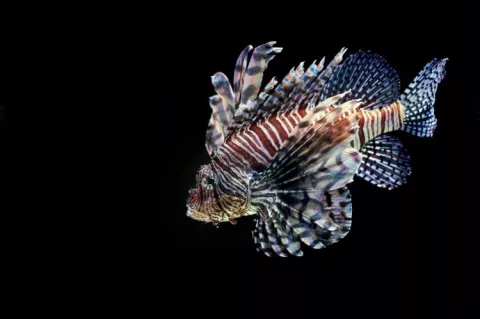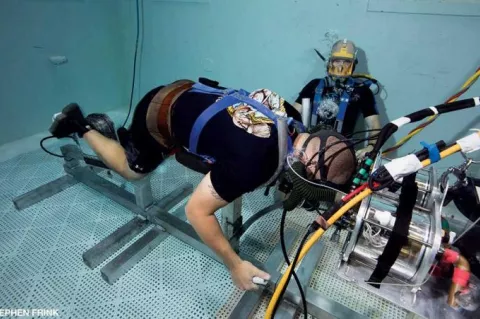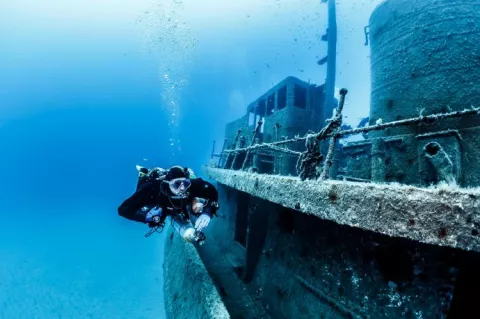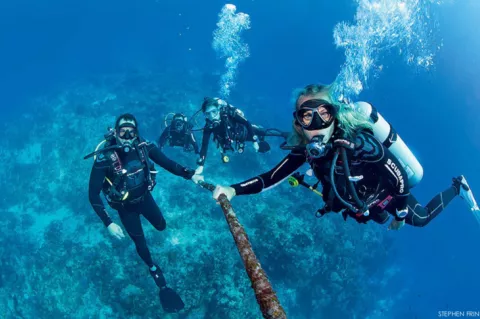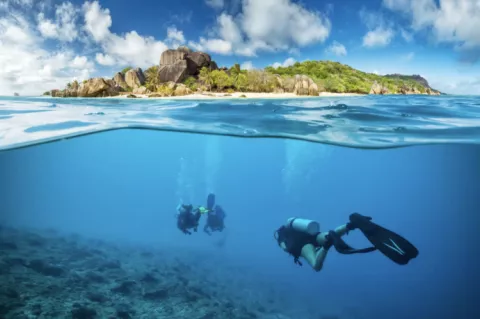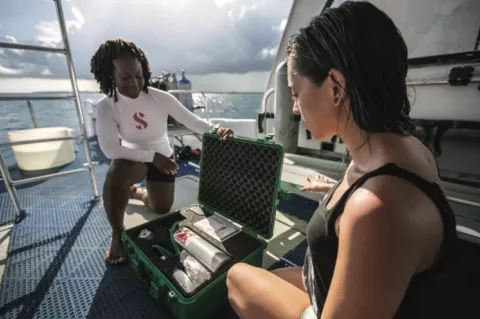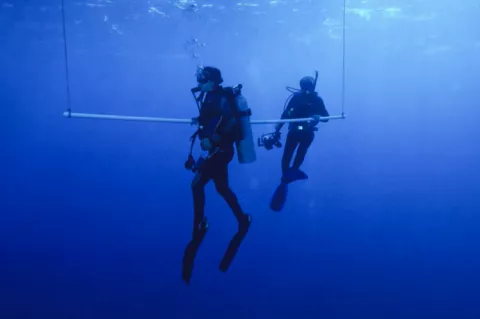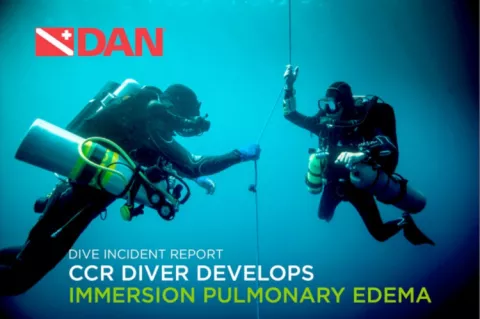Stings & Scrapes - Part 1
While the most exotic of these potentially dangerous organisms are fairly well known, the more mundane sometimes cause uncertainty. Know what’s most likely to cause an injury on your next dive so you can relax and enjoy making bubbles.
In part one of this two-part series we’ll refresh your knowledge of wound care and treating common marine stings; next month we’ll cover injuries that involve scrapes, bites and penetrating wounds.

